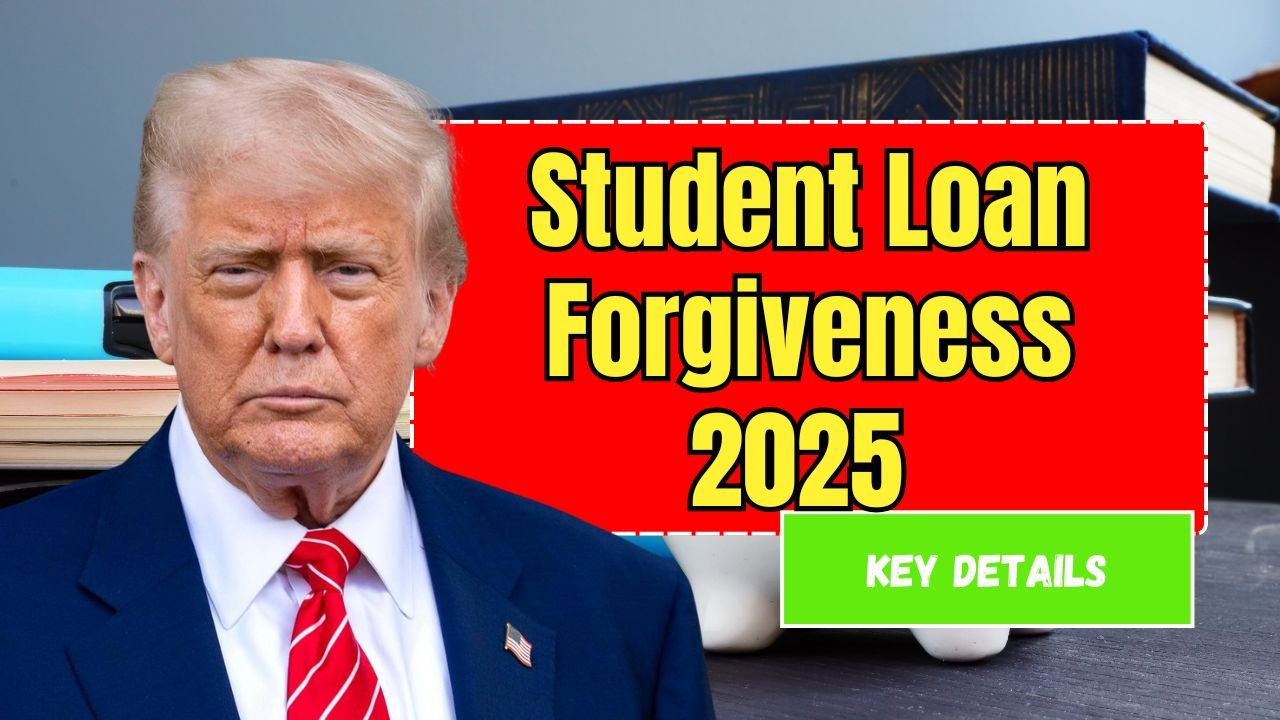For countless students, taking out loans has become an unavoidable step toward obtaining a degree. In recent years, growing debt levels have placed immense financial pressure on students and their families.
In response, the U.S. government has reinstated the Student Loan Forgiveness Program, giving qualifying borrowers the chance to reduce or wipe out portions of their debt. Below is a comprehensive guide to help you navigate this opportunity before the October 21 deadline.
What Is the Student Loan Forgiveness Program?
The Student Loan Forgiveness Program enables eligible individuals to have all or part of their federal student loans canceled. First launched during pandemic relief initiatives, this scheme is now open again to support borrowers struggling with repayment.
This measure aligns with the government’s broader aim of promoting financial stability and encouraging long-term economic planning. By alleviating debt, participants can shift focus toward investments, career advancement, and financial independence.
Eligibility Requirements
Not everyone is eligible. The program is intended for those under genuine financial strain. Common eligibility rules include:
- Must hold federal student loans (not private ones)
- Forgiveness amounts depend on income, outstanding loan balance, and repayment history
- Must apply before the October 21, 2025 deadline
The government offers an online eligibility portal so applicants can verify their eligibility using personal financial information.
Why the October 21 Deadline Matters
The October 21 cutoff is non-negotiable. Applications submitted afterward will be rejected, meaning borrowers lose access to potential debt relief.
To maximize your chances:
- Check your current loan balance and repayment history
- Gather all necessary supporting documents
- Submit your application through the official portal before the deadline
Missing this window could cost you thousands in possible forgiveness.
Step-by-Step Application Process
Applying is straightforward and done entirely online via the Federal Student Aid (FAFSA) portal or related official platforms. The process involves:
- Logging in to your FAFSA or federal loan platform
- Entering personal and financial details for verification
- Uploading documents such as loan statements, proof of income, and prior forgiveness records
- Thoroughly reviewing all entries before submission
Accurate and complete applications lead to faster processing and lower rejection risk.
Calculating Forgiveness Amounts
Forgiveness may be partial or complete, depending on:
- Your income level
- Total loan balance
- Past repayment activity
Having a portion or all of your loan forgiven provides considerable financial relief. It enables borrowers to save, invest, or generally experience less financial stress, thereby improving mental well-being.
Broader Economic and Social Impacts
The benefits of student loan forgiveness extend beyond individual borrowers:
- Increased purchasing power — Freed capital can flow into housing, education, or investments
- Stronger economy — Rising consumer spending supports small businesses and markets
- Education encouragement — More students may pursue advanced degrees or retraining
By relieving debt burden, borrowers are likelier to participate more fully in economic life, benefiting both themselves and the wider community.
Risks and Precautionary Measures
Though the program is beneficial, some cautions apply:
- Don’t miss the application deadline
- Use only official government portals to avoid scams
- Be aware of tax implications — forgiven amounts may be taxable; a financial advisor can help
Vigilance ensures you utilize the opportunity without encountering unexpected pitfalls.
Government Resources and Support
The federal government offers robust assistance via official portals and helplines. Borrowers can access:
- Step-by-step application instructions
- Frequently Asked Questions (FAQs)
- Customer support for application issues
These resources aim to streamline the process and minimize errors.
Post-Forgiveness Financial Planning
Once your debt is forgiven, it’s vital to plan for the future wisely. Focus on:
- Managing any remaining liabilities
- Building a budget for regular expenses
- Exploring savings and investment opportunities
By making prudent use of the relief, you can lay the foundation for more stable long-term financial health.
The reactivated Student Loan Forgiveness Program offers a timely chance to reduce or eliminate federal student debt—if you act before the October 21, 2025 deadline.
Understanding eligibility, applying accurately, and planning thoughtfully afterward will help you maximize the benefits. With the right approach, this may transform your financial outlook and open doors to a more secure future.
FAQs
Who qualifies for student loan forgiveness?
You must hold federal student loans, meet income and repayment-history criteria, and apply by October 21, 2025.
Can all my debt be forgiven?
It depends — forgiveness may be partial or full, based on your loan balance, income, and past repayments.
Will forgiven debt be taxed?
Possibly. Some forgiven amounts may be considered taxable income. It’s best to consult a tax professional.



